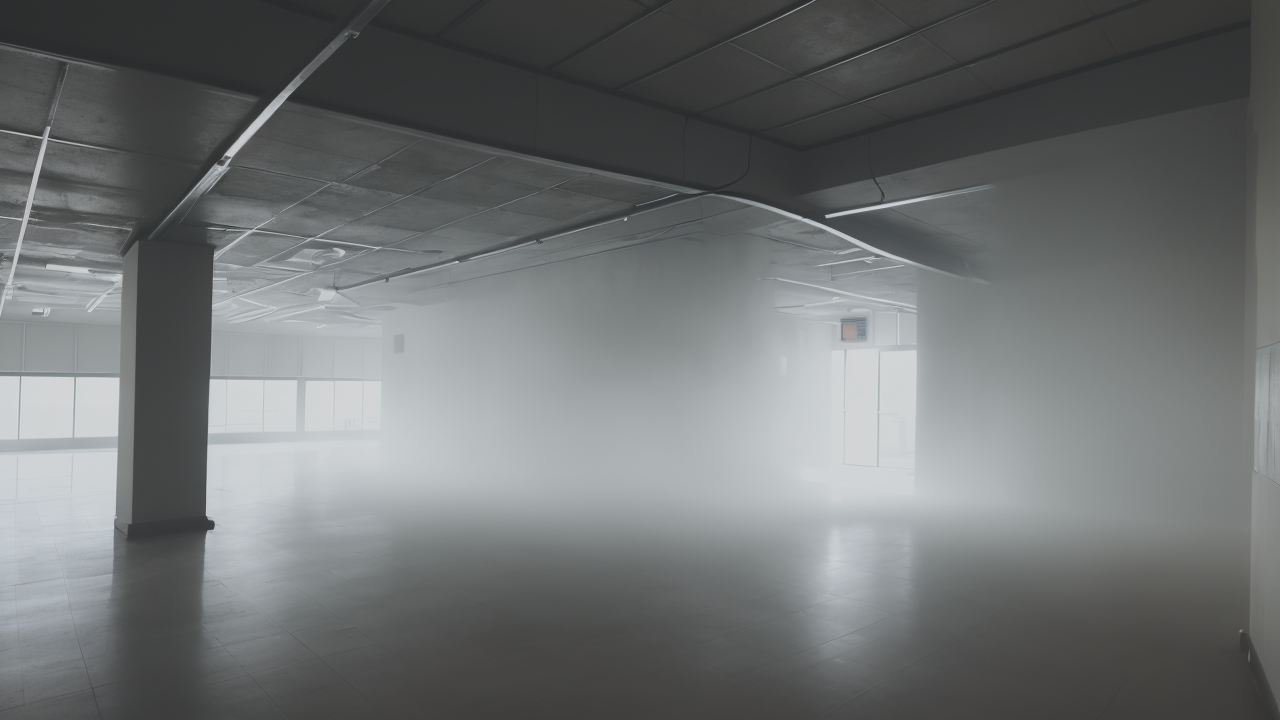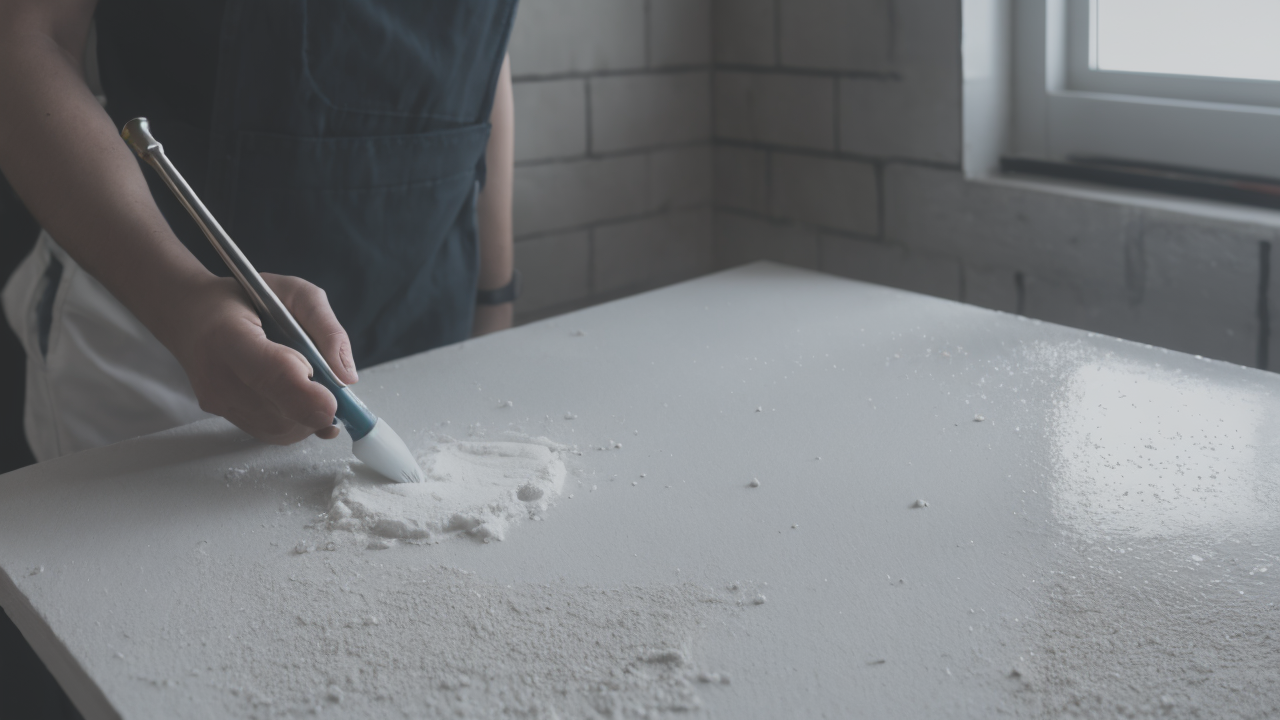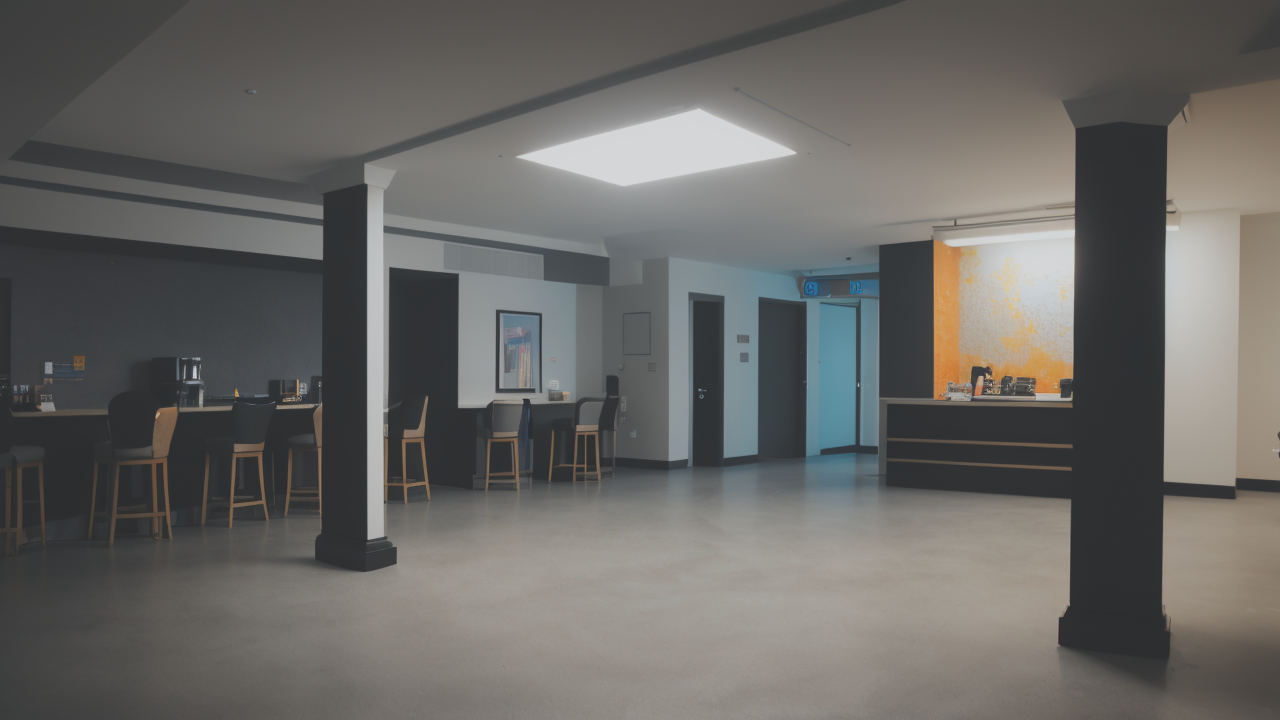
Expert Insights: Transforming Walls with Innovative Plaster and Tile Techniques
The Allure of Textured Art: Enhancing Home Decor and Commercial Spaces
The Role of Plaster Art in Modern Interior Design
Plaster art plays a vital role in modern interior design. It adds depth and character to any space. Designers love its versatility and ability to create unique looks. Plaster can be shaped into various forms and patterns. This makes it perfect for custom wall art and decor.

One of the biggest perks of plaster art is its adaptability. It fits any style, from simple to fancy. In modern homes, smooth plaster creates a clean, sleek look. Textured plaster adds warmth to contemporary spaces. It's a great way to make a room feel cozy and inviting.
Plaster art blends well with other design elements. You can use it for custom moldings or accent walls. These features can tie a room together and make it feel whole. Plus, plaster art is often cheaper than other custom decor options. It's a budget-friendly way to add a touch of luxury to your home.
Integrating Painted Plaster into Commercial Spaces
Commercial spaces can benefit greatly from painted plaster art. It's a cost-effective way to create a unique look. Restaurants, hotels, and offices use plaster art to stand out. It helps create a memorable environment for customers and clients.
In retail spaces, plaster art can help build brand identity. A clothing store might use wavy plaster to mimic fabric. A tech company could use sharp angles to show innovation. The options are endless and can be tailored to any business. Plaster art helps tell a brand's story through design.
Plaster art is also practical for commercial spaces. It's tough and easy to keep clean. This makes it great for busy areas. It can also cover up wall flaws or old designs. This saves money on repairs and updates. Plus, it's a quick way to give a space a fresh, new look.
Step-by-Step Guide to Painting Plaster Textured Art
Choosing the Right Materials and Techniques
Picking the right materials is key to making beautiful plaster art. Start with good quality plaster mix. This will be the base of your artwork. Choose a mix that's easy to work with and dries smoothly. This will make your job much easier.

For tools, you'll need trowels, spatulas, and texture combs. These help shape the plaster and add details. Try different tools to create unique effects. Don't forget safety gear like gloves and a dust mask. Safety should always come first when working with plaster.
For paint, acrylics work well on plaster. They're tough and come in many colors. Think about using a primer before painting. This helps the paint stick better to the plaster. It can also make your colors look brighter and last longer.
Techniques vary based on the look you want. For smooth surfaces, use a trowel to apply even layers. For texture, try stamping or carving. Practice on small pieces before starting your main project. This helps you get a feel for the material and techniques.
The Process of Creating a Textured Finish
Creating a textured finish starts with prepping your surface. Make sure it's clean and dry. Apply a base layer of plaster and let it set a bit. This gives you a good foundation to work with. It's like creating a blank canvas for your art.
While the plaster is still damp, start adding texture. Use your tools to make patterns or designs. You can drag combs through the plaster or press objects into it. Try different pressures and movements. This is where you can get really creative and make something unique.
Let the plaster dry fully before painting. This usually takes a day or two. Once dry, apply your chosen paint colors. You can use techniques like dry brushing to bring out the texture. This means lightly brushing paint over raised areas. It helps highlight the details you've created.
For more depth, use multiple paint colors. Start with a base coat, then add lighter shades to high spots. This makes the texture pop and adds visual interest. Finish with a clear coat to protect your artwork. This will help it last longer and stay looking great.
Tips for Maintaining and Caring for Plaster Art Installations
Taking care of your plaster art keeps it looking good for years. Regular dusting with a soft, dry cloth is usually enough. Avoid using water or harsh cleaners unless you really need to. These can damage the plaster or paint.
For tough marks, try a soft eraser. Gently rub the spot to lift the mark without hurting the surface. If you must use water, test it on a small, hidden area first. This helps you avoid any unwanted damage to your art.
Keep your plaster art away from direct sunlight and moisture. These can cause fading or damage over time. In busy areas, think about adding a clear protective layer. This guards against accidental scuffs or marks. It's an extra step that can really help preserve your art.
If your plaster art gets chipped or cracked, don't panic. Small fixes can often be made with plaster filler. For bigger damages, talk to a pro. They can fix the piece without ruining its look. With proper care, your plaster art can be a lasting and beautiful addition to any space.
Leveraging Plaster Textured Art for Business and Pleasure
Case Studies: Successful Businesses with Textured Art Decor
Many businesses have used plaster art to enhance their spaces. Let's look at some success stories. "The Zen Spa" in Los Angeles used plaster art to create a calm vibe. They added wavy textures to their walls to mimic water. This unique design helped them stand out in a busy market.

"Tech Hub," a coworking space in New York, took a different approach. They used geometric plaster patterns on their walls. The modern look appealed to their tech-savvy clients. It made their space feel cutting-edge and creative. This helped attract more customers to their business.
"Cafe Nouveau" in Chicago used plaster art to create a cozy feel. They added textured panels with coffee-inspired designs. This not only looked great but also strengthened their brand. Customers loved the unique atmosphere it created. It helped make their cafe a local favorite.
The Importance of Artistic Expression in Personal Living Spaces
Artistic expression in homes is key to creating a personal sanctuary. Plaster art offers a unique way to express yourself. It lets you customize your space beyond standard decor options. You can create something that truly reflects your personality and style.
Making plaster art can be a fun hobby. It's a hands-on way to bring your ideas to life. Many homeowners enjoy creating their own wall art or decorative pieces. This personal touch makes a house feel more like a home. It adds character and warmth to your living space.
Plaster art in homes can also serve practical purposes. Textured walls can help reduce noise in busy areas. Decorative elements can hide flaws or add interest to plain walls. It's a versatile medium that combines beauty and function. This makes it a great choice for any home.
How Plaster Art Installations Can Elevate Customer Experience
Plaster art installations can greatly improve customer experiences. In shops, they create memorable settings. Customers are more likely to stay longer in visually interesting places. This can lead to increased sales and customer loyalty.
Hotels use plaster art to create a sense of luxury. Custom designs in lobbies or rooms set a high-end tone. They add to the overall feel and can become signature features. This helps hotels stand out and attract more guests.
In restaurants, plaster art enhances the dining atmosphere. Textured walls or ceilings add depth to the space. They can match the food theme or create a specific mood. This attention to detail makes the dining experience better. It can turn a simple meal into a memorable event.


